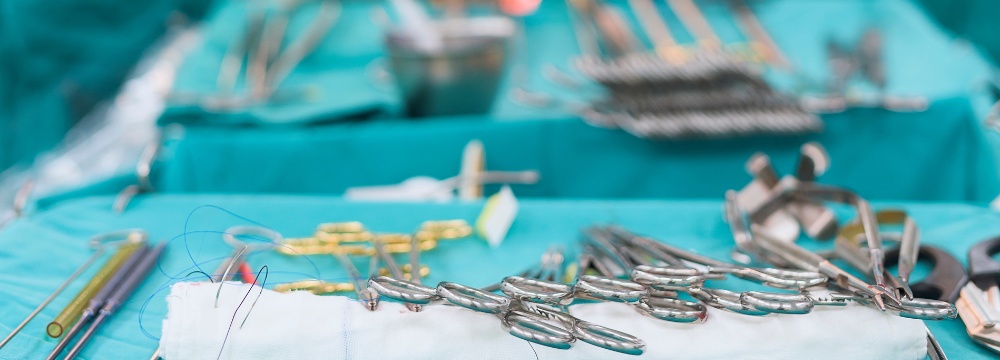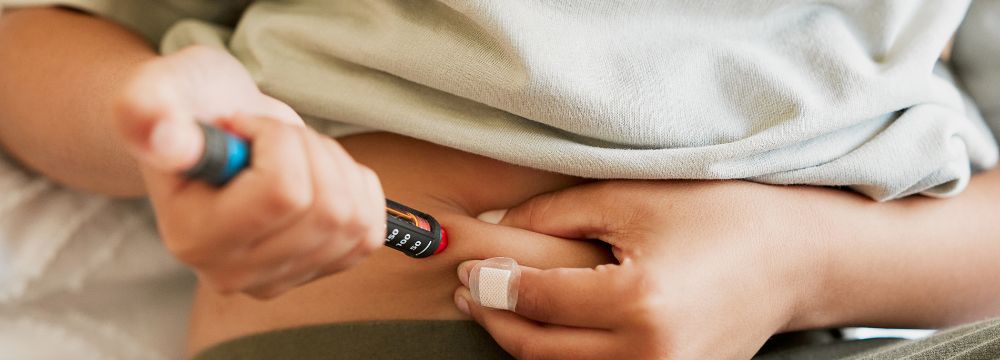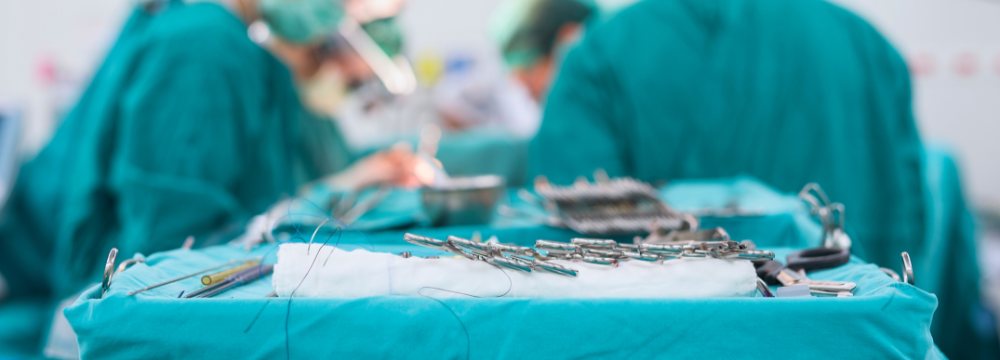Bariatric Surgery
One of the most exciting and heartening parts of being a bariatric surgeon is meeting patients knowledgeable about the procedures available and interested in the surgery they’re about to have. Looking at the statistics, we know that bariatric patients are among the most, if not the most, educated on their surgery, spending more than 24 hours of research before choosing how to proceed. This means we get quite a few interesting questions that we wouldn’t otherwise expect. One of these questions concerns buttressing or reinforcing the staple line after a stapled bariatric procedure like a gastric sleeve, gastric bypass, or duodenal switch.
What Exactly Is Buttressing or Reinforcing a Staple Line?
Reinforcing a staple line is adding tissue or synthetic material to the newly created triple staple line that divides the stomach to reduce the likelihood of staple line leakage. To understand this process, you must know how the staple line is formed. Using an advanced stapling device, we can divide the stomach while laying three rows of staples on each side of the stomach. This means that once the stomach is divided, the gastric juices on either side of the stomach are sealed in. These staples are permanent, but as the tissue heals over the next several days and weeks, it creates a seal of its own.
What Is Staple Line Leakage?
A leak in the staple line is a relatively uncommon but serious potential complication of any procedure in which tissue is divided. Occasionally, and fortunately, exceptionally rarely, this seal created during surgery may not hold, and contents of the intestine or stomach may leak into the abdomen cavity. The abdominal cavity is not meant to receive gastric or intestinal juices, so a leak typically creates a serious infection that requires prompt, immediate care and follow-up surgery to rinse the cavity, clean up the infection, and patch the leak.
How Often Does a Leak Occur?
Fortunately, staple line leaks are rare and even more so today as stapling technology has improved. Today, our techniques are standardized to wear staple line leakage, which is virtually nonexistent. The stabling device technology has become so advanced that it is doubtful that the device will fail as well. This combination means that most highly skilled and experienced bariatric surgeons performing in the modern surgical era have experienced no more than a few leaks in their careers.
Is Buttressing or Reinforcing Necessary?
The advances mentioned above have made reinforcing the staple line unnecessary. We only reinforce our staple lines if there is a reason to. Indeed, studies have shown no significant difference in leak rates in staple lines that were reinforced versus those that were not.
So, there you have it! No, we seldom reinforce the staple line during a gastric sleeve or other stapled procedure. Instead, we rely on modern techniques and technology to ensure staple line leakage remains a very infrequent complication.
Staple line leakage is a significant complication requiring an immediate emergency room visit. If you experience any of the signs of a staple line leakage, which can include high fever, nausea and vomiting, significant fatigue, significant abdominal pain, and/or abdominal distention, you must report to your nearest emergency room for evaluation and treatment or dial 911 without delay.










